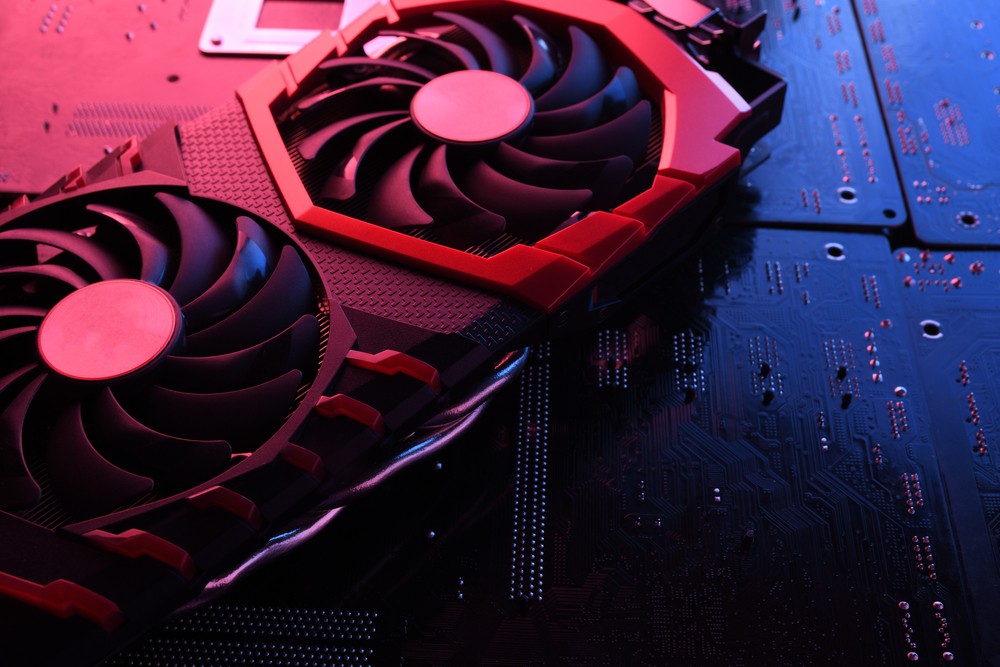Introduction
In today’s digital era, video and graphics are integral to various industries, including entertainment, gaming, design, and professional applications. With advancements in IT hardware, users can experience stunning visuals, high-performance computing, and immersive multimedia experiences. This guide explores the essential components of video and graphics, their impact on computing, and the latest trends in computer hardware.
Understanding Video and Graphics
What Are Video and Graphics?
Video and graphics refer to the visual elements displayed on a screen, encompassing everything from static images to real-time rendered content. These elements are processed by specialized IT hardware to ensure smooth and high-quality performance across various applications.
Importance of Video and Graphics in Computing
The role of video and graphics extends beyond entertainment. It is crucial in professional fields such as video editing, 3D modeling, medical imaging, and data visualization. High-performance graphics processing ensures seamless rendering and enhances user experience in both work and play.
Key IT Hardware for Video and Graphics
Graphics Processing Unit (GPU)
A GPU is a specialized processor designed to handle video rendering and complex graphical computations. Modern GPUs are essential for gaming, content creation, and AI-driven applications. Leading brands such as NVIDIA, AMD, and Intel offer powerful GPUs tailored to various needs.
Types of GPUs
- Integrated GPUs: Built into the CPU, suitable for everyday computing and basic video playback.
- Dedicated GPUs: Standalone graphics cards with high memory and processing power, essential for gaming and professional applications.
- External GPUs (eGPUs): Provide additional power to laptops and compact devices, enhancing graphics performance.
Video Processing Units (VPUs)
VPUs specialize in optimizing video playback, encoding, and decoding. These are essential for video streaming services, broadcasting, and high-resolution video production.
Display Technology
The quality of video output depends significantly on display technology. Key aspects include:
- Resolution: Ranges from Full HD (1080p) to 4K and even 8K.
- Refresh Rate: Higher refresh rates (e.g., 144Hz, 240Hz) improve gaming and video playback.
- Panel Types: IPS, OLED, and Mini-LED panels offer different advantages in color accuracy, contrast, and brightness.
Audio-Video Devices
Advanced audio-video devices complement video processing to create immersive experiences. These include:
- Monitors and TVs: Featuring HDR, adaptive sync, and high refresh rates.
- Speakers and Sound Systems: Enhance audio clarity for an improved multimedia experience.
- Streaming Devices: Support high-resolution video output with minimal lag.
Emerging Trends in Video and Graphics
Ray Tracing Technology
Ray tracing enhances graphics realism by simulating light behavior, creating lifelike reflections and shadows. GPUs with ray tracing support significantly improve gaming and rendering visuals.
AI-Powered Graphics Processing
Artificial Intelligence (AI) is revolutionizing video and graphics by enabling real-time upscaling, noise reduction, and frame rate optimization. NVIDIA’s DLSS and AMD’s FSR leverage AI to enhance gaming performance.
Cloud Gaming and Virtualization
Cloud gaming services eliminate the need for high-end hardware by streaming graphics-intensive games over the internet. Platforms like NVIDIA GeForce Now and Xbox Cloud Gaming enable users to experience premium visuals on various devices.
8K and Beyond
The push towards 8K resolution and higher refresh rates continues to redefine display standards. While 4K remains the mainstream choice, technological advancements are paving the way for ultra-high-definition experiences.
Choosing the Right IT Hardware for Your Needs
For Gamers
Gamers require powerful GPUs, high-refresh-rate monitors, and low-latency audio-video devices for an immersive experience. Recommended specs include:
- GPU: NVIDIA RTX 30/40 series or AMD Radeon RX 6000/7000 series.
- Monitor: 144Hz or higher refresh rate with G-Sync or FreeSync.
- Audio: High-fidelity headphones or surround sound systems.
For Content Creators
Video editors and designers need hardware that supports high-resolution rendering and real-time video processing. Recommended specs include:
- GPU: High-end workstation cards such as NVIDIA Quadro or AMD Radeon Pro.
- Storage: NVMe SSDs for faster data access.
- RAM: Minimum 32GB for smooth multitasking.
For Professionals and Businesses
Professional applications, including medical imaging and architectural rendering, require high-precision video processing. Key considerations include:
- Workstation GPUs: Optimized for stability and performance in specialized software.
- Multi-monitor setups: Enhance productivity and workflow efficiency.
- Cloud-based solutions: Enable remote access to powerful computing resources.
Conclusion
Video and graphics technology is rapidly evolving, driven by advancements in IT hardware and computing power. Whether for gaming, content creation, or professional applications, selecting the right computer hardware and audio-video devices ensures optimal performance and an enhanced user experience. Staying updated with emerging trends like AI-powered graphics, ray tracing, and cloud gaming will further shape the future of video and graphics in the digital world.



